One of the most powerful functions of the human mind is imagination. It allows us to dream, solve problems, and create new possibilities.
But when this imaginative ability goes unchecked, it can also cause tremendous suffering.
Many of the fears, worries, and anxieties we experience aren’t based on actual events but on imagined realities—mental stories we tell ourselves about what might happen.
Imagined realities often begin with a simple “what if” thought.
What if I fail?
What if people don’t like me?
What if something goes wrong?
These thoughts can quickly spiral into detailed scenarios that feel so real that your body and mind react as if they’re happening now. The nervous system is triggered, and anxiety sets in—even though the event hasn’t occurred and may never happen.
This mental storytelling is part of human evolution. The ability to anticipate future events helped early humans survive by preparing for threats. But in modern life, this survival mechanism often works against us. Instead of protecting us, it keeps us trapped in a cycle of fear and overthinking.
Here’s the truth: most of the imagined realities we create never happen. We suffer more from the stories in our minds than from actual situations. But because these stories feel so vivid and believable, we treat them as facts. This makes it difficult to separate what’s real from what’s imagined, reinforcing anxiety and nervous system dysregulation.
The key to breaking free from imagined realities is awareness. When you catch yourself spiraling into a “what if” scenario, pause and ask yourself, Is this happening right now, or am I imagining it?
This question can interrupt the anxiety cycle and bring you back to the present moment.
Here are practical steps to help you let go of imagined realities:
1. Recognize the story. When you feel anxious, pause and identify the story your mind is telling. Is it based on actual events, or is it an imagined fear?
2. Come back to reality. Ground yourself in the present moment by noticing your surroundings, focusing on your breath, or engaging your senses. This brings your awareness out of your head and into the here and now.
3. Challenge the narrative. Ask yourself, Is this story helpful or true? If it’s not serving you, let it go. You don’t need to engage with every thought your mind produces.
The mind will always create stories—it’s what it does.
But you have the power to choose whether you believe them.
By recognizing when you’re caught in imagined realities and bringing your attention back to the present, you reduce anxiety and reconnect with the peace that’s always available within you.


